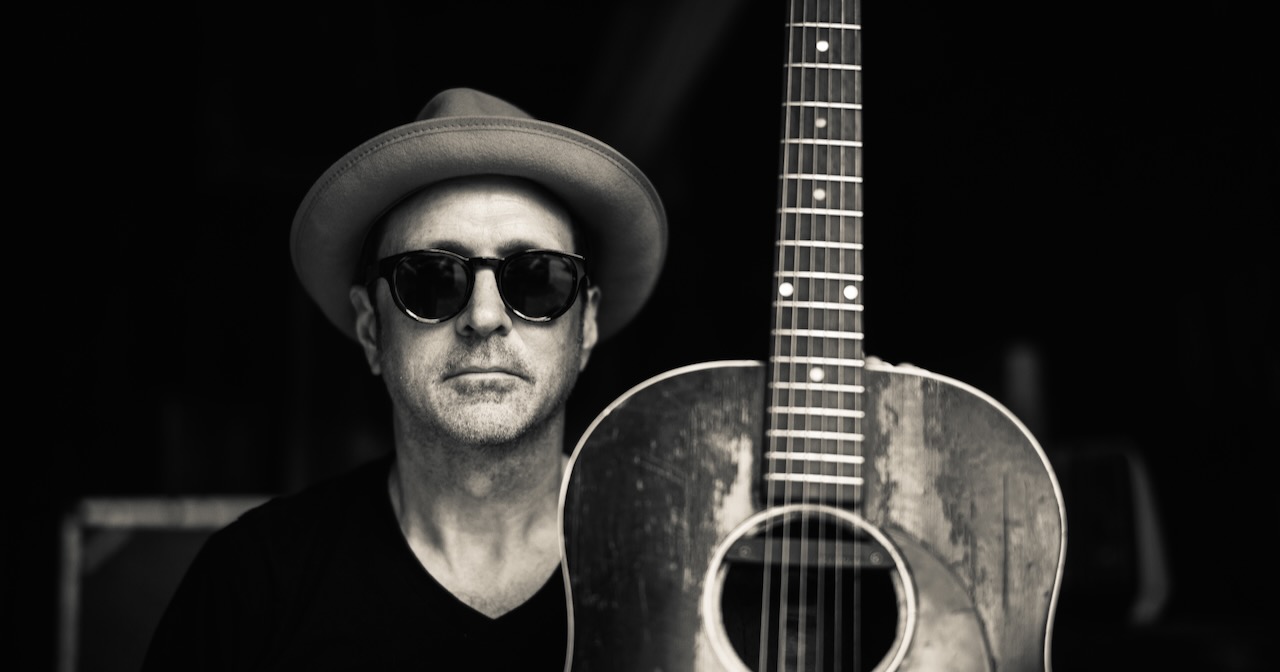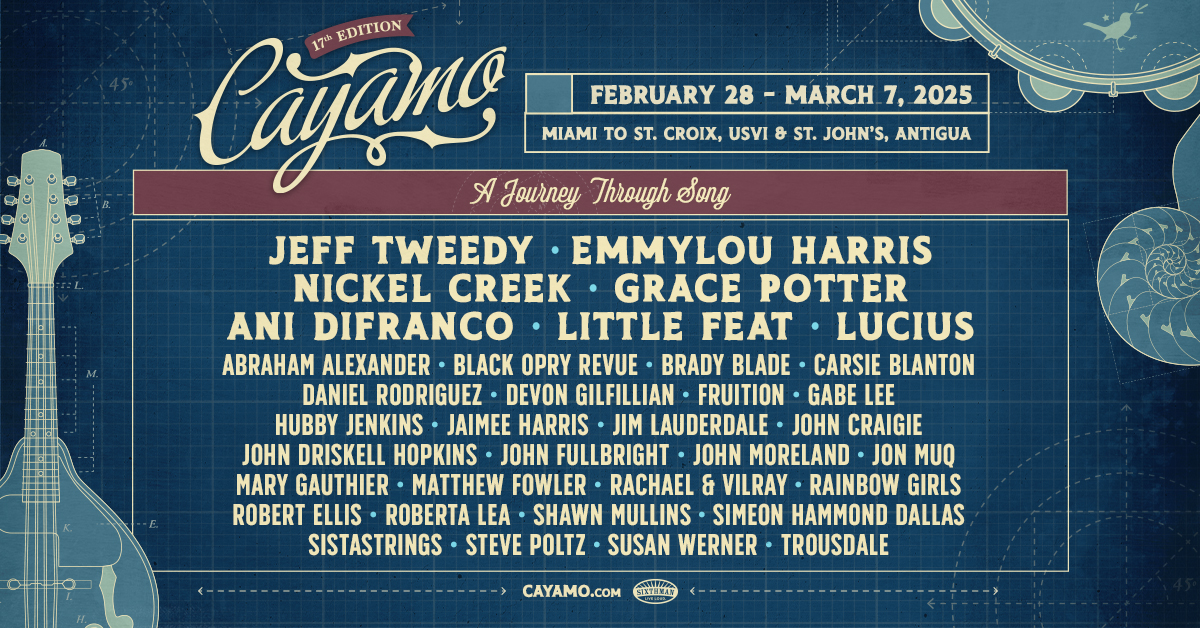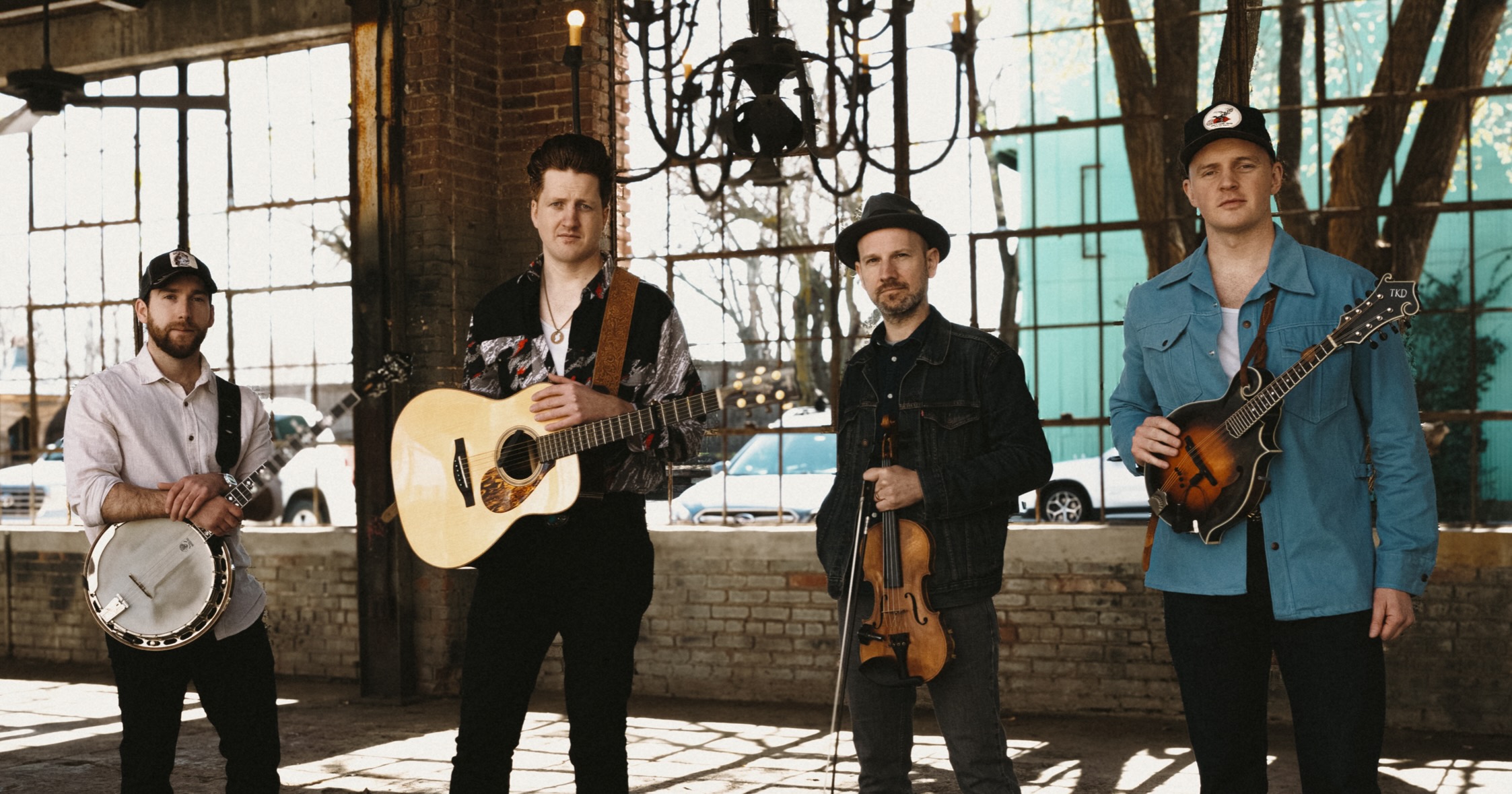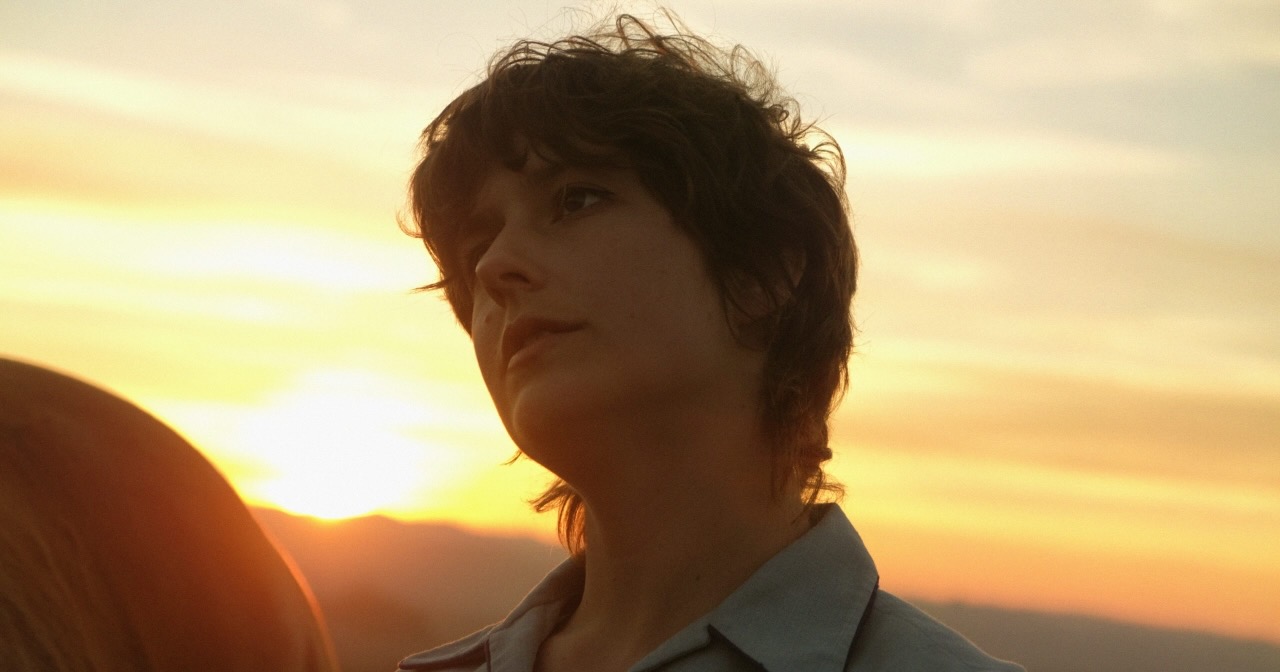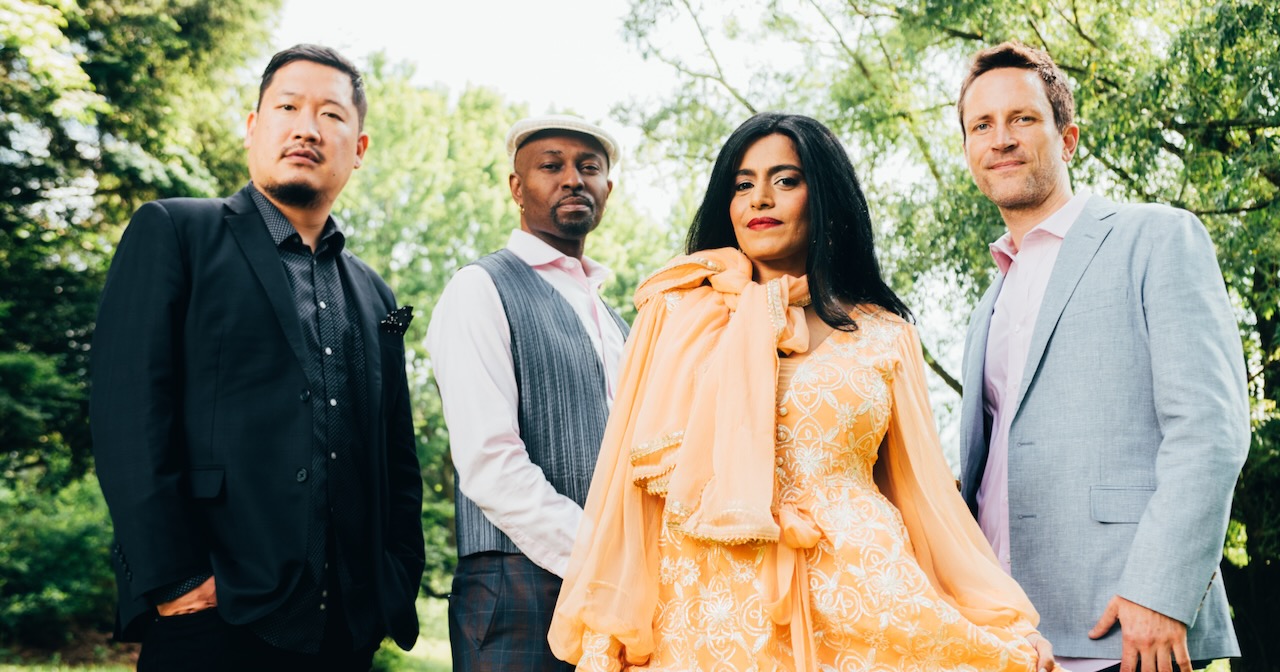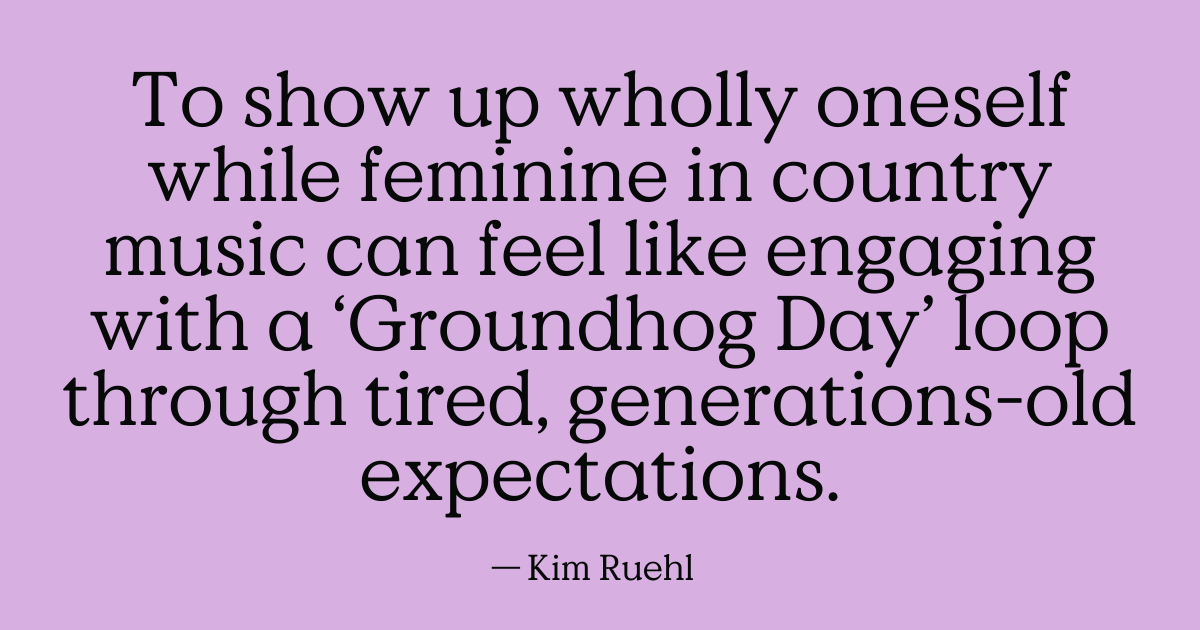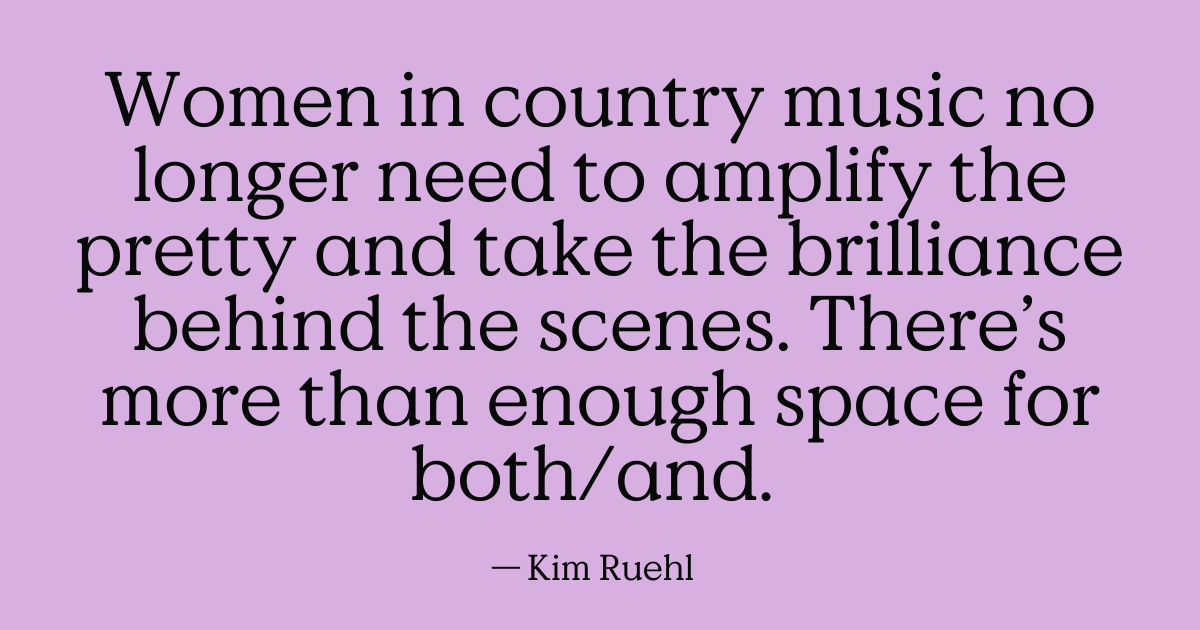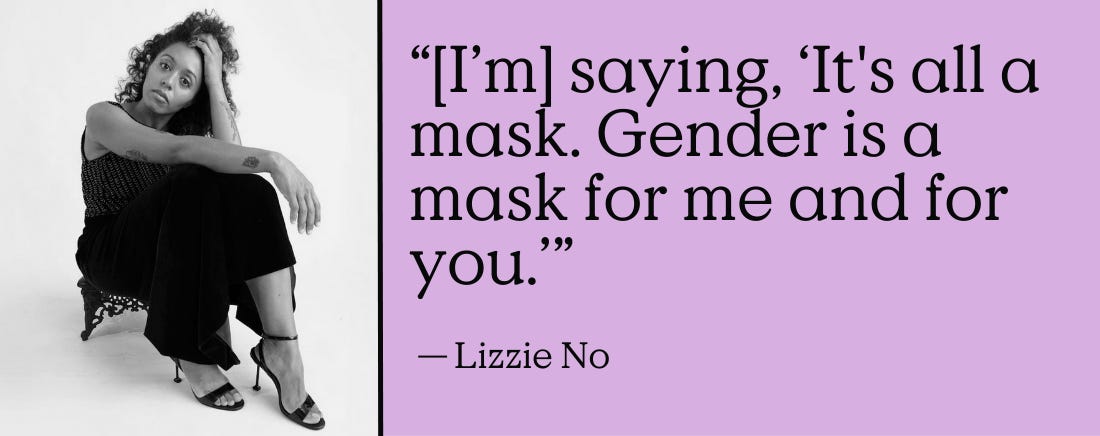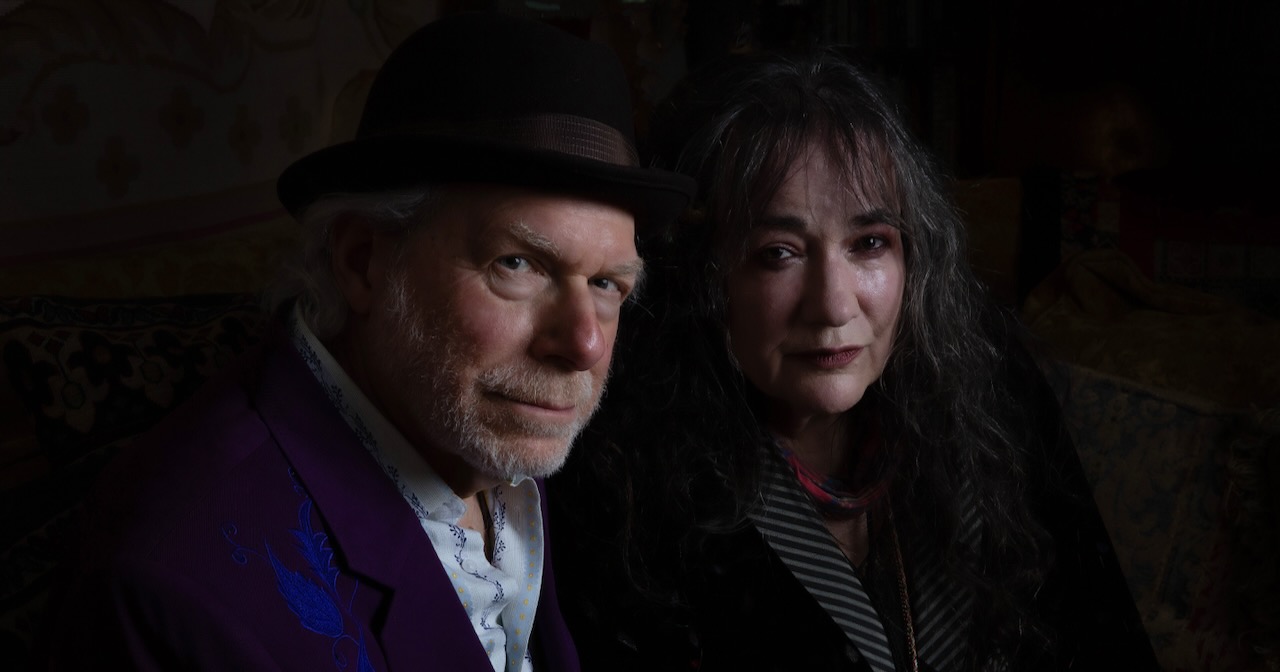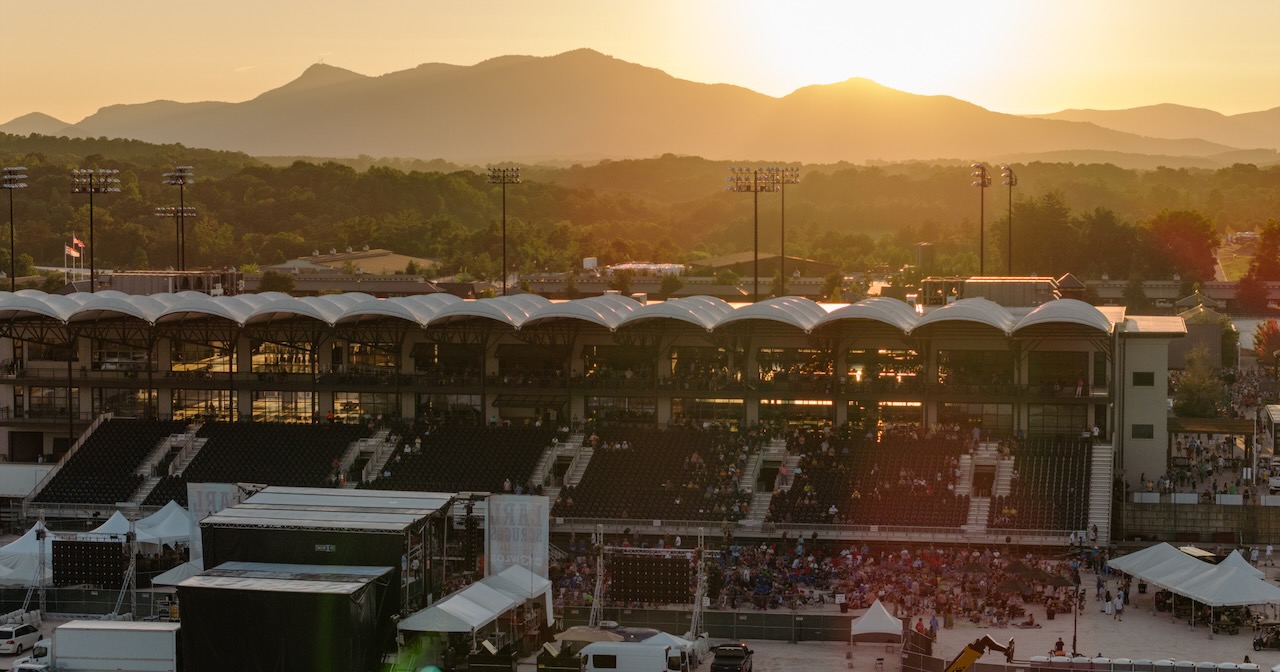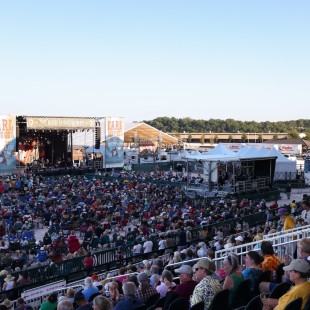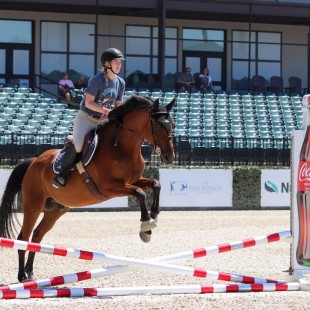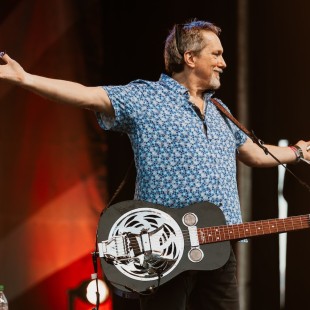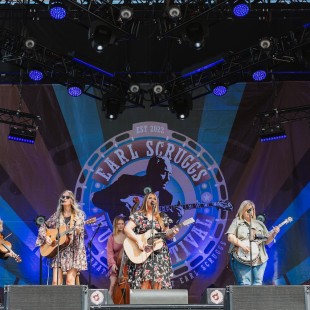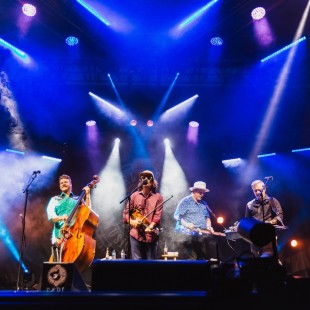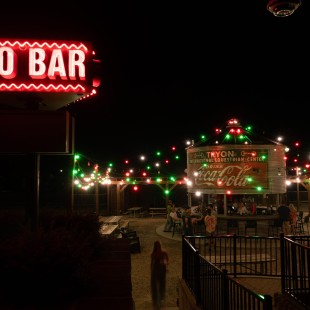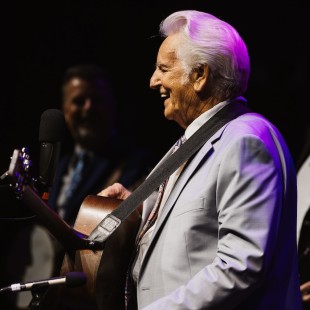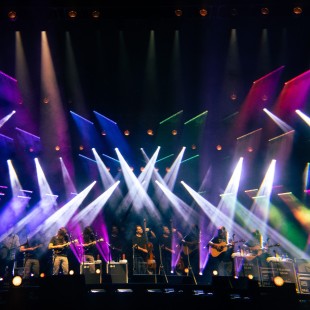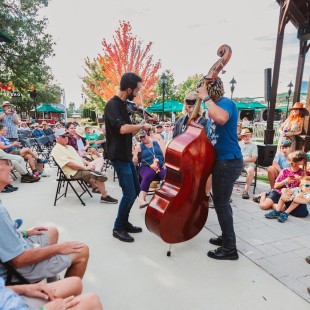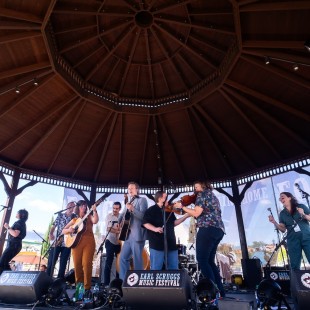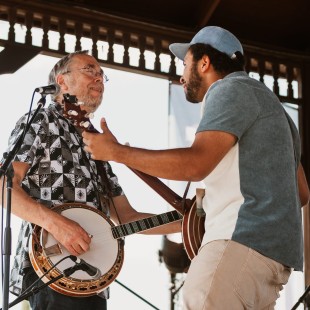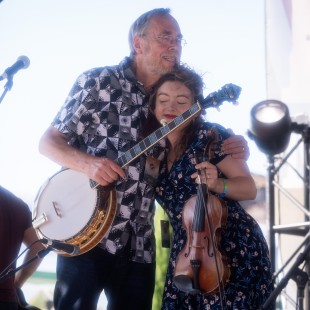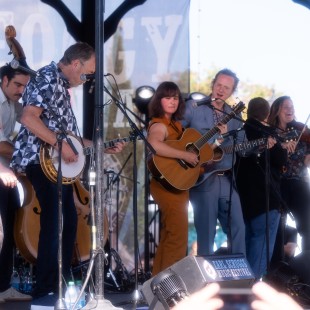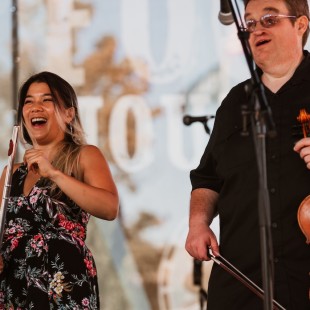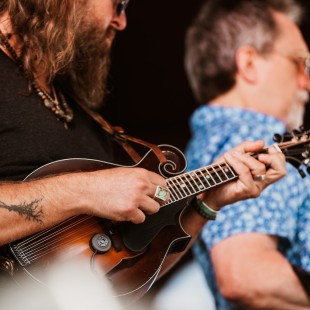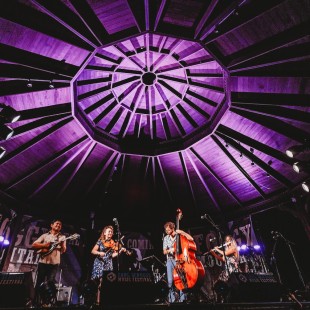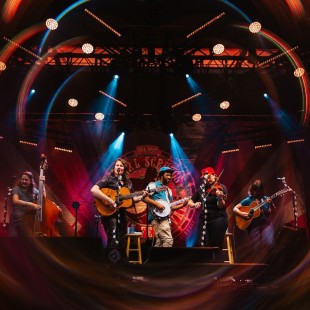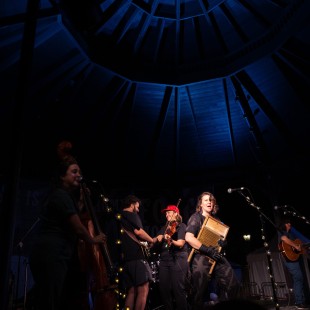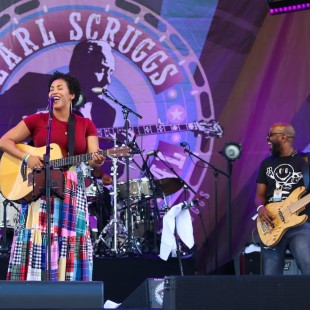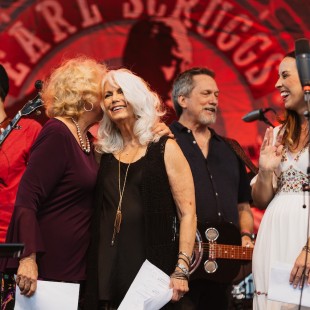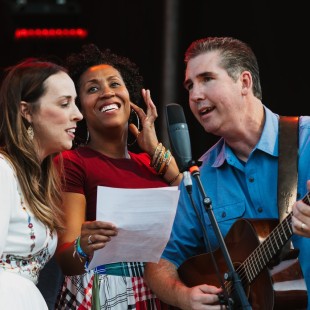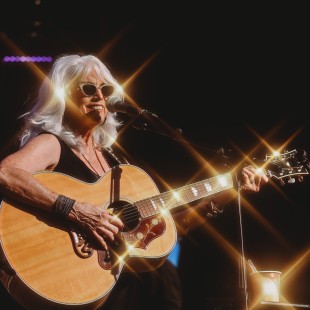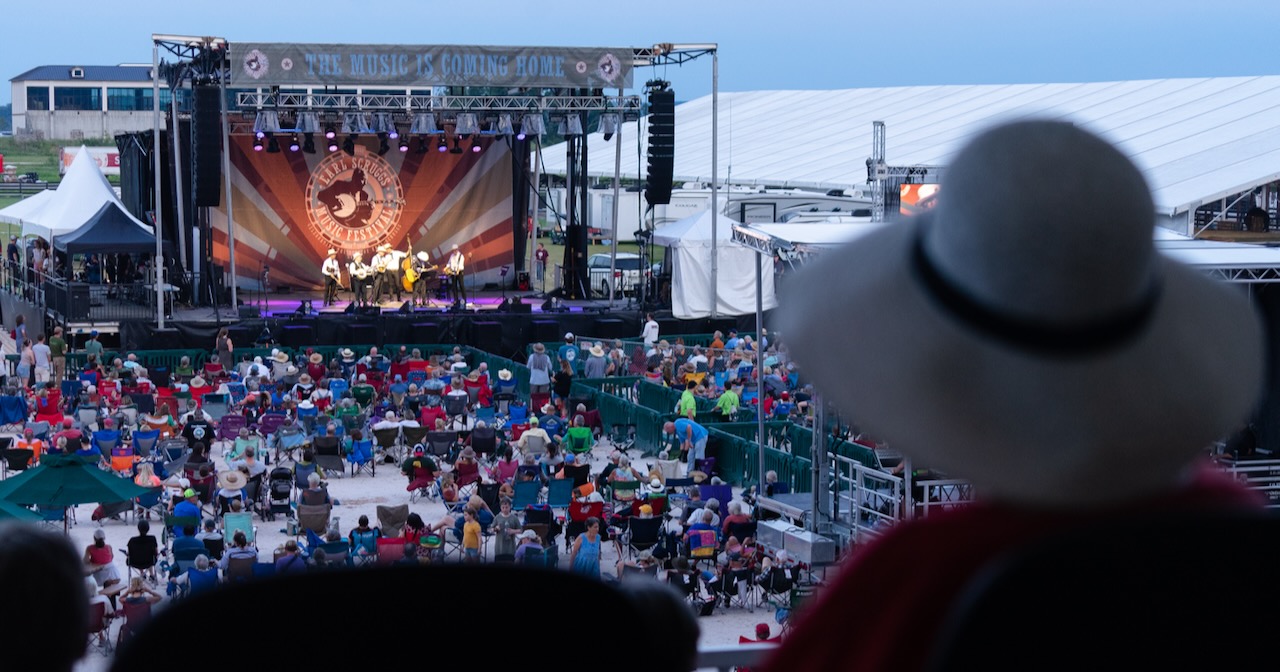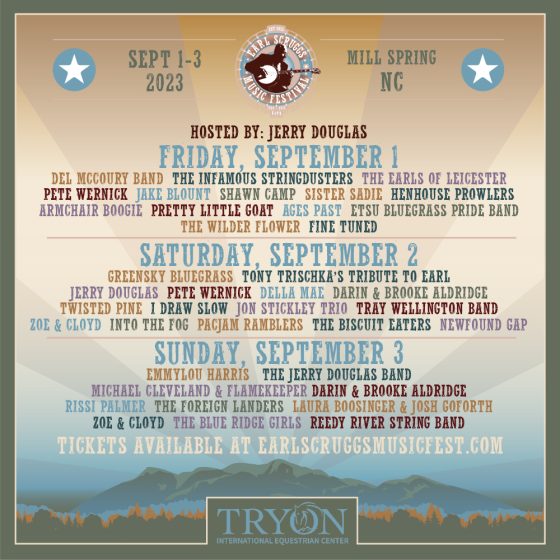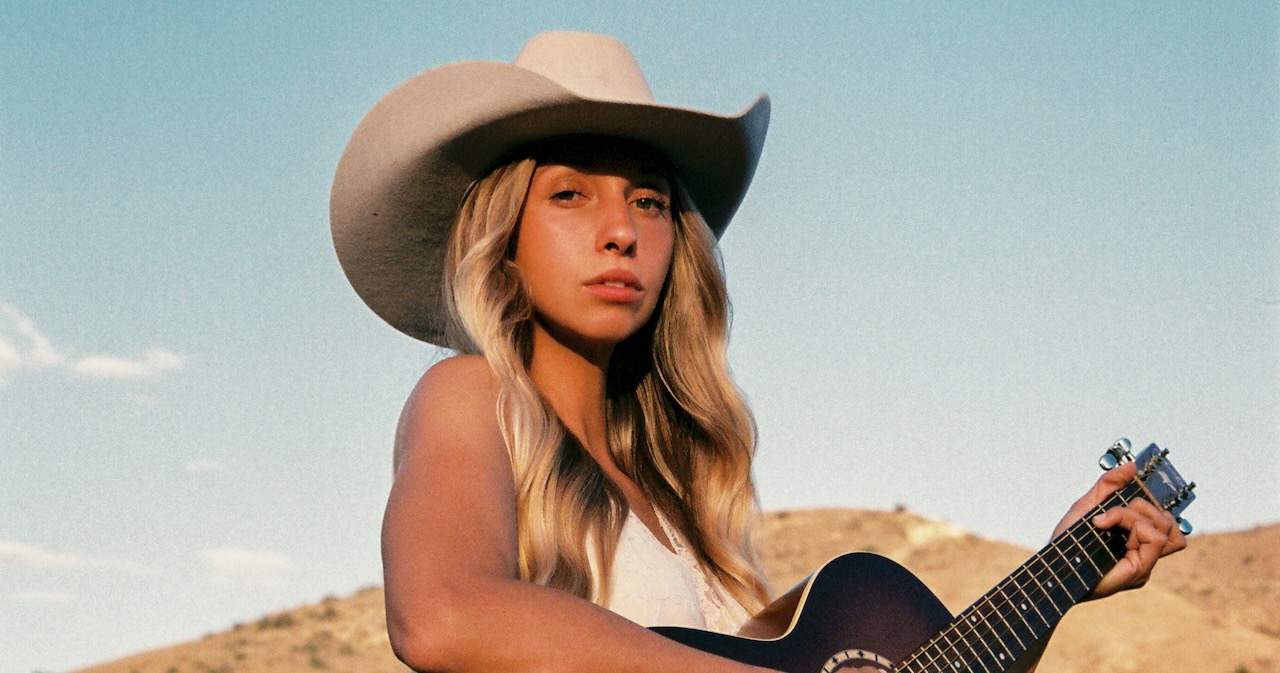When I was asked to put together a Mixtape for BGS, I was on my way from Jazz Fest in New Orleans to a Warrior PATHH/Songwriting With Soldiers post-traumatic growth trip to Southwest Missouri. My mind was making the transition from pure pleasure and celebrating the life of Jimmy Buffett, who was not only universally loved, but was also personally very good to me. He was my songwriting partner for 20 years. My mind was switching from that to creating a blank slate, so that I could listen to six women who served in combat and one woman who served in law-enforcement – and listen to their stories without judgment.
My involvement with Songwriting With Soldiers, and now their affiliate post-traumatic growth program, Warrior PATHH, really comes out of simply being asked to do it. Then once I had done it, I fell in love with the people– the combat veterans, the first responders, men and women. I am most interested in the human connection, the connection between communities who may not run into one another on a day-to-day basis. Being around people who are struggling with trauma and doing everything they can to get better for themselves, their families, their careers, and their friends, it’s nothing short of pure inspiration.
I understand Memorial Day is to honor those who have fallen in the line of duty, specifically in war. But after all these years of working with the people who survived, I cannot help but think of them as well. We also work with the families of the fallen, so I think Memorial Day for me is first and foremost about the fallen, but also about the families left behind and the soldiers who survived, but who were left with the mark of trauma.
This playlist is not a journey through a literal Memorial Day. Study some history, some first-hand reports about the mayhem of war. I could not make a playlist only about those who gave all. In my work and journey through listening and writing with veterans and first responders, I am learning so much about human beings struggling to be better.
That’s what this is about. And that’s how I would like to honor the fallen this Memorial Day: We promise you we are trying to get better. You did not die in vain. I have been given the opportunity to leave myself behind a bit, listen to other people’s stories, and use the gift I have of songwriting for a whole new purpose. And that’s my angle on this playlist. – Will Kimbrough
“Walking in the Valley of the Shadow” – Will Kimbrough
Sometimes we have to carry on, even though holes in our shoes and our clothes are torn. Even though someone doesn’t want us to be here. Sometimes we have to carry on.
“The Ballad of Ira Hayes” – Kate Campbell
Johnny Cash may have the definitive version, of course, but I love Kate’s version so much. She has so much heart.
“The Ballad of Cape Henry” – Todd Snider
This is one that I helped write. Sometimes paying attention to what surrounds you while you’re on the road is real important. Read the historical marker. Look at the land around it. We made this up on that old Virginia shore.
“The War After the War” – Mary Gauthier
Just a perfect song about an imperfect world. People struggling. I played on this record and Mary got me involved with Songwriting With Soldiers. Changed my life. Full stop.
“Buffalo Soldiers” – Bob Marley
As I write this, I’m getting ready to write a song with women combat veterans at a retreat center, in a building named after the Tuskegee Airmen.
“Bubbles Up” – Jimmy Buffett
I cowrote this, using experience I’ve had with combat veterans and first responders. Thinking about post-traumatic growth. And Jimmy brought his experience taking the Navy Diving Course. We wanted to help someone find the surface, the plot, the purpose… when the journey gets long.
“Sam Stone” – John Prine
You have to include “Sam Stone” by John Prine on Memorial Day.
“Bang the Drum Slowly” – Emmylou Harris
Emmylou wrote this for her Dad – a Marine and a POW during the Korean War – with Guy Clark.
“Still Learning How to Fly” – Rodney Crowell
For all the vets I’ve written with!
“Gimme Shelter” – The Rolling Stones
Just saw the Stones at Jazz Fest in New Orleans! Still powerful after 55 years.
“Uncivil War” – Shemekia Copeland
Just a reminder that veterans fought for our freedom to disagree. That’s a big part of our American story. This song, which I cowrote with John Hahn for the great Shemekia Copeland, mourns the divide in our culture. Peace, y’all!
“Anything Helps” – Dean Owens
I wrote this with my friend Dean. He had played a songwriter show at an Austin homeless shelter that was full of veterans. I had bought an American flag lapel pin from a homeless veteran in Nashville. We put our heads together. Sometimes the sacrifice of war comes later, when the veteran is unhoused.
“Angel Flight” – Darden Smith
A great Memorial Day song by the cofounder of Songwriting With Soldiers. Written with the amazing Radney Foster.
“Isolation” – Will Kimbrough
Isolation is a word I hear every time I write with veterans.
“America the Beautiful” – Ray Charles
It really is beautiful. I need to get to work now, but as I look out on the Ozark Mountains in the Tuskegee Airmen building, I can hear Brother Ray Charles sing. And I believe him.
Photo Credit: Neilson Hubbard
